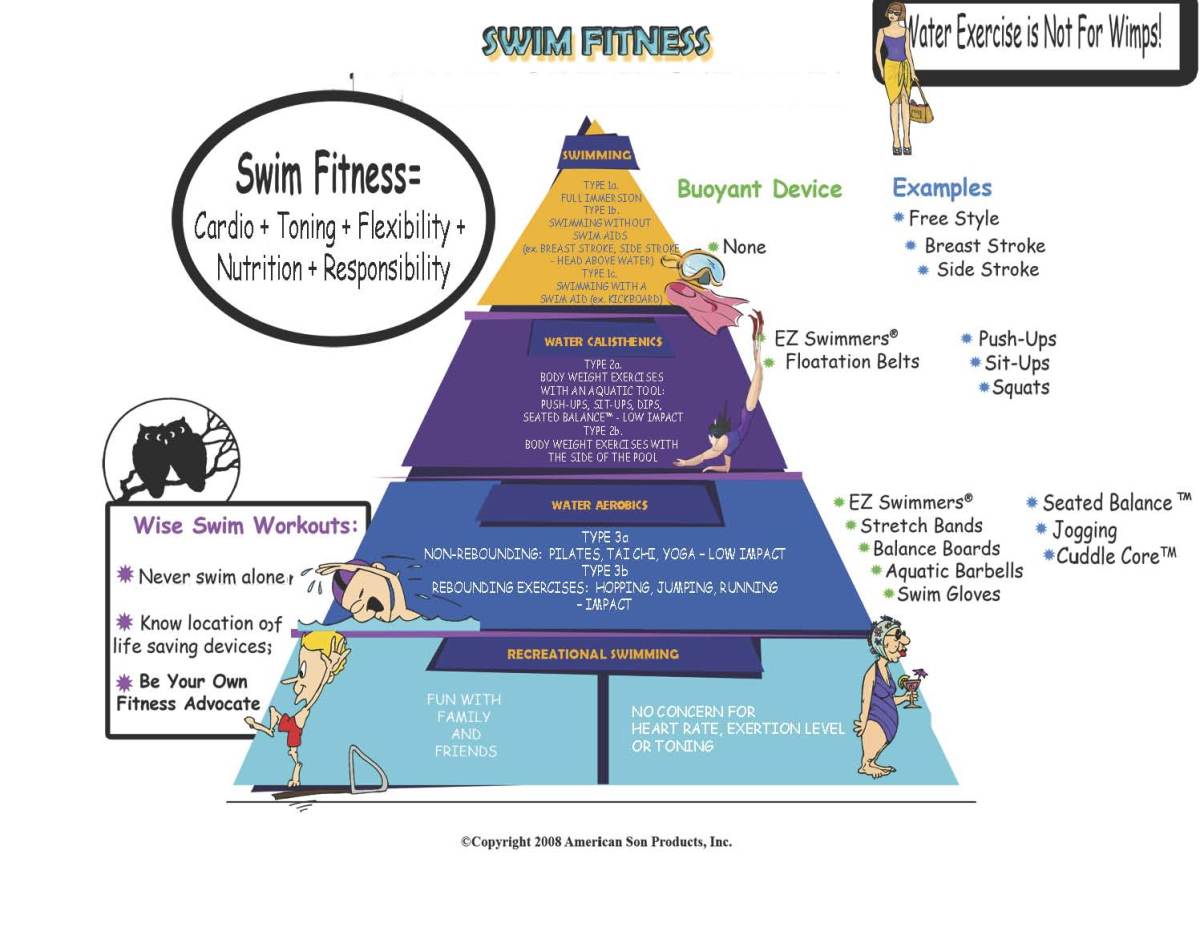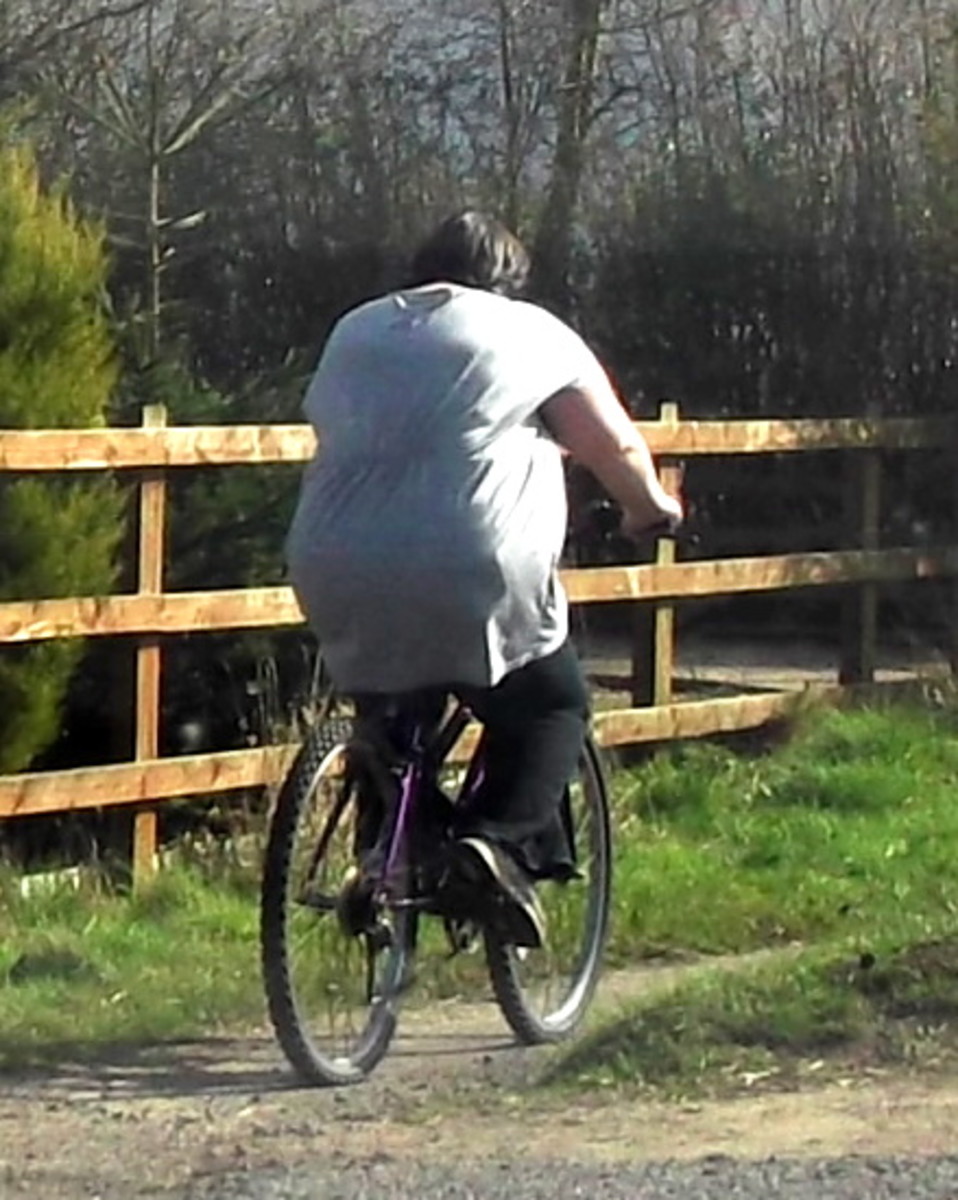Guide to Aerobic Exercise for Diabetes: How It Helps Regulate Insulin

People who are suffering from Type 2 diabetes can benefit greatly from aerobic exercise. In fact, it’s one of the first things that doctors will recommend to people who are diagnosed with this health condition. That is because the main problem that people face when they have diabetes is that their bodies have trouble regulating insulin and glucose levels; regular aerobic exercise helps the body regulate this naturally. Unfortunately, starting aerobic exercise can be tougher for these people than for other folks. That’s because it is very common for people with Type 2 diabetes to be out of shape, having not exercised for a long time prior to the diagnosis. Also, this type of diabetes is usually diagnosed later in life and it’s always tougher to start a new exercise routine as you get older. Nevertheless, it is possible and important. The following guide should help you to get started
Your Aerobic Exercise Goals
The first thing that you need to know is what you are aiming to do when it comes to using aerobic exercise to help manage your diabetes. The goal here is to do enough aerobic exercise regularly that your body starts regulating itself better on its own. The overall goal should be to do 150 minutes of aerobic exercise per week. Most people try to do 30 minutes every day for five days per week. You can do as little as 20-25 minutes per day all seven days of the week or as much as 50 minutes per day three days per week. You don’t want to condense your exercise into fewer days per week than three and you do want to get a minimum of 150 minutes per week.
Working up to This Goal
Although the aforementioned goal is what you are working towards, you do have to realize that you may not be in shape to start working out this much immediately. Aerobic exercise works the heart and lungs and can be a big strain on the body if you haven’t done it in a long time. You’ll have work up to this goal.
Some tips for working up to this goal include:
· Start with whatever you can do. If you can only do five minutes of aerobic exercise before you need to rest then that is what you need to start with. Five minutes is better than zero minutes. Start where you can and you’ll work your way up gradually.
· Spread the minutes out over the course of the day as well as over the course of the week. Eventually you might be able to do a fifty minute aerobic exercise workout three days per week. However, when you are working up to this goal, you may need to really break the exercise up into chunks. Do ten minutes of aerobic exercise three times per day (morning, noon and night) and do that for five days per week. You’ve still gotten in your 150 minutes of aerobic exercise but you haven’t strained yourself nearly as much.
· Set goals. As with any other exercise plan, you need to set small goals that you can accomplish. Achieving these goals will assist you on your way to meeting your bigger goal of working out 150 minutes per week.
Add Resistance
You don’t want to just stick with aerobic exercise alone. It has been shown that resistance exercises are also beneficial for people who are suffering from Type 2 diabetes. Aerobic exercise is most important so get settled in your aerobic exercise routine first. However, once you’ve done that, add resistance exercises as well. These weight training exercises will help you to build muscle and stay in shape, boosting the benefits of your ongoing aerobic exercise.
Special Exercise Considerations for People with Diabetes
Aerobic exercise is something that can benefit anyone. However, there are special things that you need to take into consideration when you are doing aerobic exercise as a person with diabetes. Some of those things include:
· It is always important to have a snack with you in case you start to have an insulin reaction. Diabetes is a problem with your blood sugar regulation. Exercise can affect this. Make sure that you always have a fast-acting carbohydrate-based snack or insulin medication in case you have a reaction while you are exercising.
· Make sure that people around you know that you have diabetes. Not everyone knows what diabetes looks like. If you do have a reaction and can’t control it yourself, the people around you need to know what’s going on. Make sure that you tell the people at the front desk of your gym, your personal trainer and other people like this that you have diabetes. Let them know to call 911 if you appear to be having a reaction. Also, consider wearing a medical ID bracelet when working out.
· Discuss all aerobic exercise with your doctor. Your personal health isn’t just affected by your diabetes but by all of your various health conditions. Your doctor can assist you in finding the right aerobic exercise to deal with your diabetes while also taking your other issues into consideration. This keeps you safe while working out.
Tips for Getting and Staying Motivated
As an older person with diabetes, it may be hard for you to start exercising. Some tips for getting motivated and staying motivated include:
· Focus on the benefits. A better overall quality of life as well as a prolonged life in spite of the diabetes will definitely be a benefit!
· Do aerobic exercise that you enjoy. There are so many forms of aerobic exercise that you can surely find something that you like to do. If you enjoy your exercise, it will be a lot easier to stick with it.
· Get a partner. Find someone else in your life who is dealing with the same problem and commit to working out together.
Diabetes can be managed. Aerobic exercise helps as a part of a total program for managing your diabetes and getting your body back under control.









